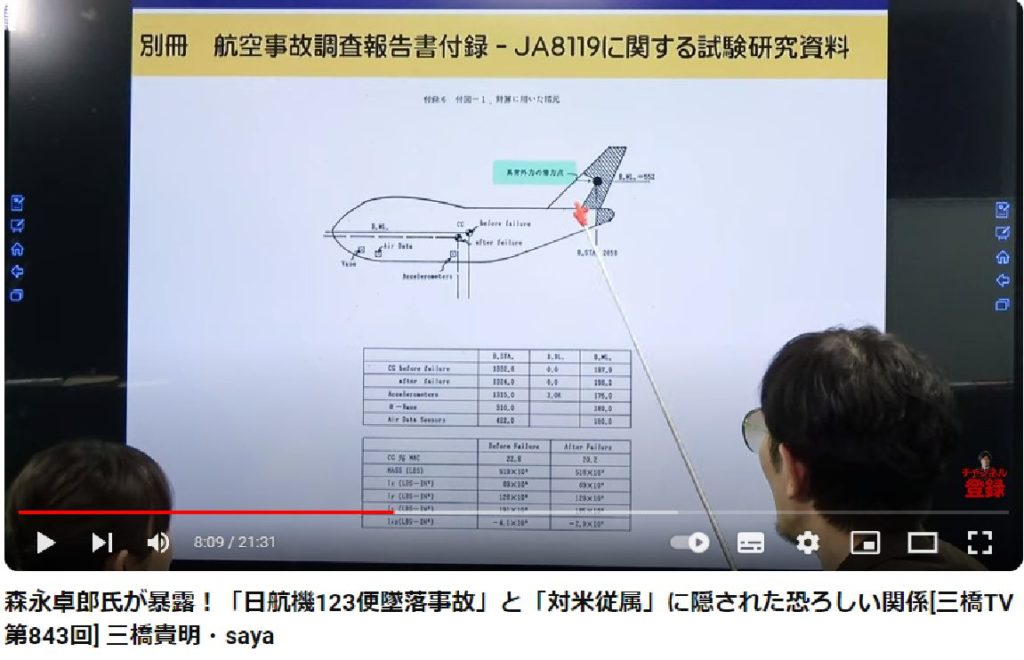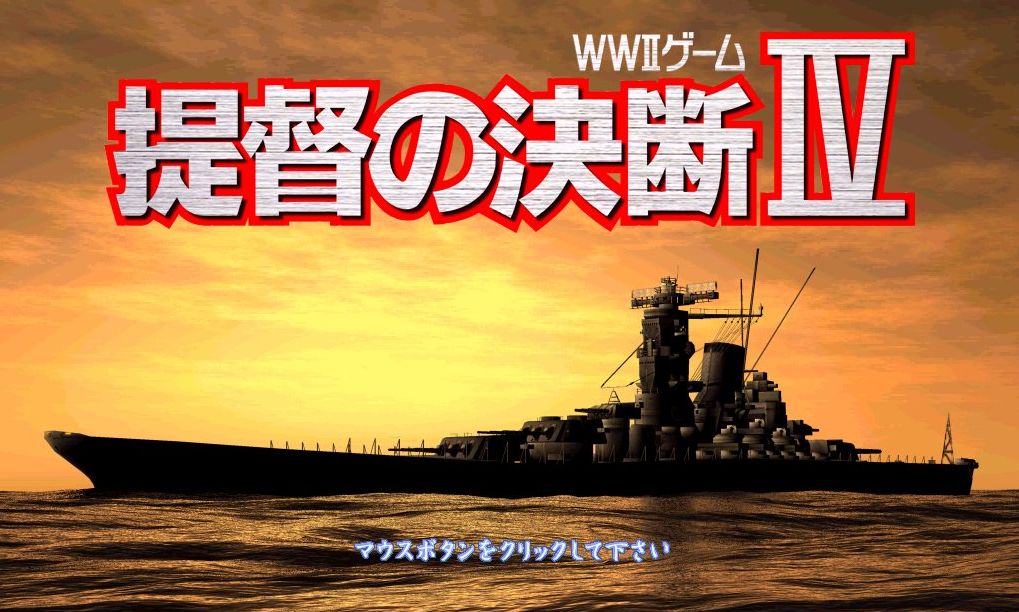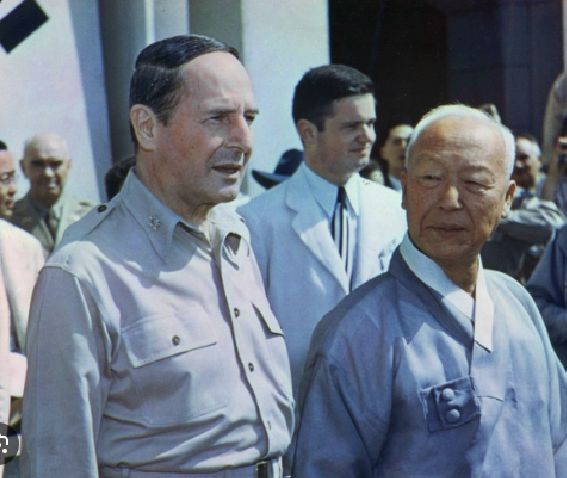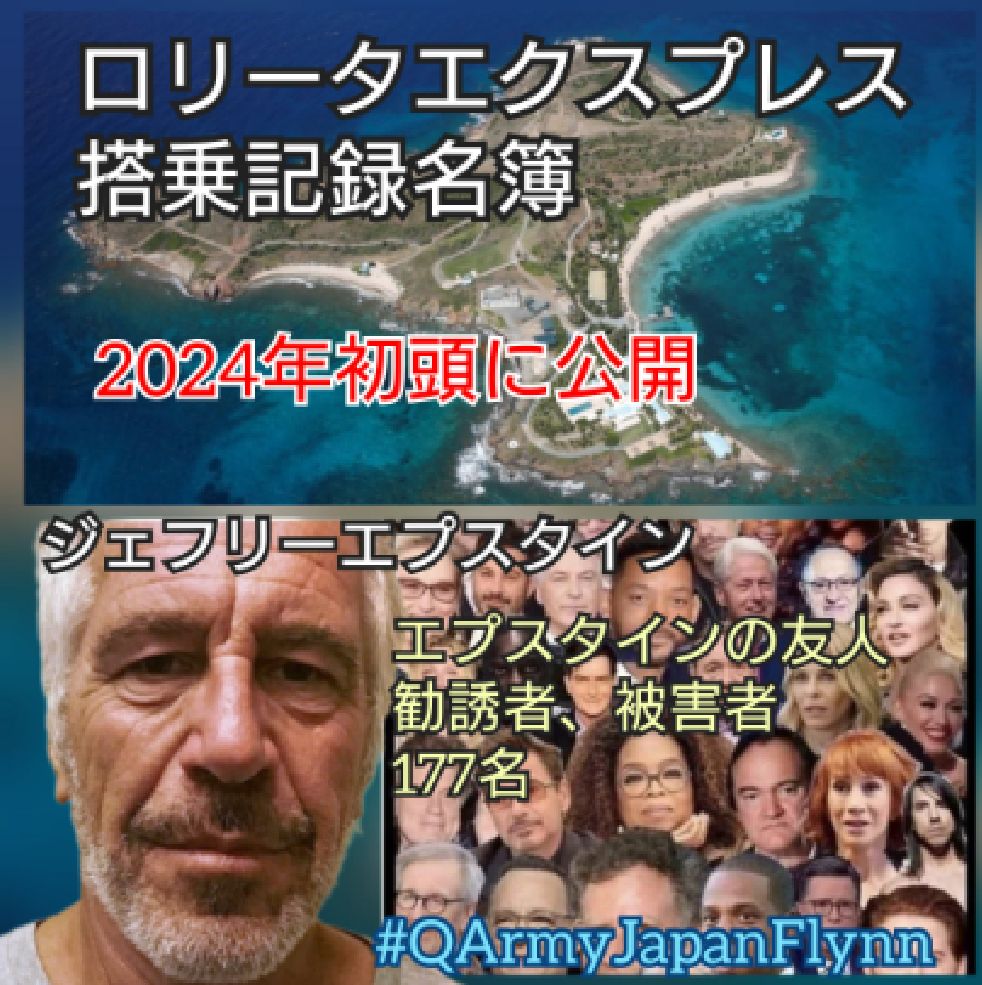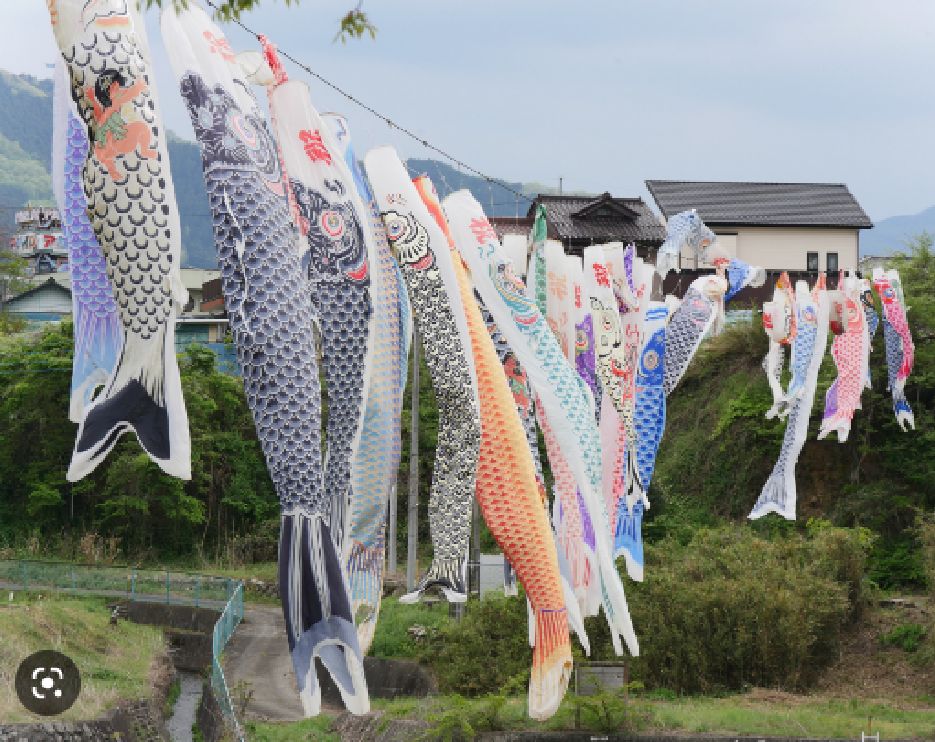| 投稿者:ジュリア 投稿日:2007年 4月29日(日)08時35分33秒 <ニューヨークタイムズによると、GHQの命令で、日本政府が35万人を超える米国進駐軍の為に7万人の日本人慰安婦を用意したと論評している。最初はプロの売春婦が用意されたが、それでは慰安婦の人数が足りないので、両親をなくした若い女性などをかき集めて慰安婦にしたことが書かれている。 この様に、米国議会は、日本が使用した慰安婦には謝罪を要求しつつ、反対に35万人の占領米軍が要求した7万人の日本人慰安婦には、今のところ、全く謝罪する気がないようだ。> GIs Frequented Japan's 'Comfort Women' By THE ASSOCIATED PRESS AP通信によって。 Published: April 26, 2007 Filed at 2:44 a.m. ET 東部時間午前2時44分にファイルされました。 TOKYO (AP) -- Japan's abhorrent practice of enslaving women to provide sex for its troops in World War II has a little-known sequel: After its surrender -- with tacit approval from the U.S. occupation authorities -- Japan set up a similar ''comfort women'' system for American GIs. 東京( AP ) - 第二次世界大戦に対してのその兵隊にセックスを提供するために女性たちを奴隷にすることについての日本の忌まわしい練習はほとんど知られていない続編を持っています: - 米国の職業当局からの暗黙の認可を持っている - その降伏の後に日本は類似の「慰安婦」システムをアメリカのGIのために設けました。 An Associated Press review of historical documents and records -- some never before translated into English -- shows American authorities permitted the official brothel system to operate despite internal reports that women were being coerced into prostitution. 歴史の書類と記録のAP通信レビューが - 若干数がかつて一度も英語に翻訳しませんでした - アメリカの当局が公式の売春宿に女性たちが売春を強要されていたという内部の報告にもかかわらず営業するシステムを許可したことを示します。 The Americans also had full knowledge by then of Japan's atrocious treatment of women in countries across Asia that it conquered during the war. アメリカ人はそれが戦争の間に征服したアジアの向こうの国で同じくその時までに日本の女性たちの法外な治療の完全な知識を持っていました。 Tens of thousands of women were employed to provide cheap sex to U.S. troops until the spring of 1946, when Gen. Douglas MacArthur shut the brothels down. 何万という女性たちが大将ダグラス・マッカーサーが売春宿をシャットダウンした1946年の春まで合衆国兵隊にけちなセックスを提供するために雇用されました。 The documents show the brothels were rushed into operation as American forces poured into Japan beginning in August 1945. アメリカの力が1945年8月に始めて日本に流れ込んだ(とき・から・につれて・ように)、書類は売春宿がオペレーションに向けて急がせられたことを示します。 ''Sadly, we police had to set up sexual comfort stations for the occupation troops,'' recounts the official history of the Ibaraki Prefectural Police Department, whose jurisdiction is just northeast of Tokyo. 「嘆かわしいことに、我々警察は性の公衆便所を職業兵隊のために設けなければなりませんでした」、と管轄区域がただ東京の北東である茨城の県の警察局の公式のヒストリーが詳説します。 ''The strategy was, through the special work of experienced women, to create a breakwater to protect regular women and girls.'' 「戦略は、経験豊かな女性たちの特別な仕事を通して、通常の女性たちと少女たちを守るために防波堤を作るはずでした。」。 The orders from the Ministry of the Interior came on Aug. 18, 1945, one day before a Japanese delegation flew to the Philippines to negotiate the terms of their country's surrender and occupation. 日本の代表団が(彼・それ)らの国の降伏と職業の合意を交渉するためにフィリピンに飛ぶ1日前に、内部の省からのオーダーは1945年8月18日に来ました。 The Ibaraki police immediately set to work. 茨城警察はすぐに仕事を始めました。 The only suitable facility was a dormitory for single police officers, which they quickly converted into a brothel. 唯一の適当なファシリティは一人の警官のために寄宿舎でした、そしてそれを(彼・それ)らが速く売春宿に換えました。 Bedding from the navy was brought in, along with 20 comfort women. 海軍からの寝具が20人の慰安婦に、ともに持って来られました。 The brothel opened for business Sept. 20. 売春宿は9月20日、ビジネスのために開きました。 ''As expected, after it opened it was elbow to elbow,'' the history says. 「予期されたように、それが開いた後、それはひじからひじでした」、とヒストリーが言います。 ''The comfort women ... had some resistance to selling themselves to men who just yesterday were the enemy, and because of differences in language and race, there were a great deal of apprehensions at first. 「慰安婦は・・・(彼・それ)ら自身をちょうど昨日敵であった男性たちに売ることへの若干の抵抗を持ちました、そして言語とレースにおける相違のために、最初多くの逮捕がありました。 But they were paid highly, and they gradually came to accept their work peacefully.'' けれども(彼・それ)らは大いに支払われました、そして(彼・それ)らは次第に穏やかに(彼・それ)らの仕事を受け入れるようになりました。」。 Police officials and Tokyo businessmen established a network of brothels under the auspices of the Recreation and Amusement Association, which operated with government funds. 警察当局者と東京実業家がレクリエーションと Amusement 協会の援助の下で売春宿のネットワークを設立しました、そしてそれは政府資金で営業しました。 On Aug. 28, 1945, an advance wave of occupation troops arrived in Atsugi, just south of Tokyo. 1945年8月28日に、職業部隊の前進波が Atsugi 、東京のすぐ南に到着しました。 By nightfall, the troops found the RAA's first brothel. たそがれまでに、兵隊は RAA の最初の売春宿を見いだしました。 ''I rushed there with two or three RAA executives, and was surprised to see 500 or 600 soldiers standing in line on the street,'' Seiichi Kaburagi, the chief of public relations for the RAA, wrote in a 1972 memoir. 「12でそこ(に・で)急ぎましたあるいは3人の RAA 経営者、そして500を見て驚きましたあるいは路上でラインに立っている600人の軍人」、と Seiichi Kaburagi 、 RAA のための広報の長、が1972年の伝記で書きました。 He said American MPs were barely able to keep the troops under control. 彼はアメリカのMPがほとんど兵隊を抑制することが可能ではなかったと言いました。 Though arranged and supervised by the police and civilian government, the system mirrored the comfort stations established by the Japanese military abroad during the war. 警察と文民政府によって整えられて、そして監督されるけれども、システムは戦争の間に国外の日本の軍によって設立された公衆便所を反映しました。 Kaburagi wrote that occupation GIs paid upfront and were given tickets and condoms. Kaburagi は職業GIが前もって料金を支払って、そしてチケットとコンドームを与えられたと書きました。 The first RAA brothel, called Komachien -- The Babe Garden -- had 38 women, but due to high demand that was quickly increased to 100. Komachien - ベイブ庭 - と呼ばれる最初の RAA 売春宿は38人の女性たちを持っていました、しかし高い需要のためにそれは100に速く増加していました。 Each woman serviced from 15 to 60 clients a day. 15から1日60のクライアントまでサービスを提供されたそれぞれの女性。 American historian John Dower, in his book ''Embracing Defeat: Japan in the Wake of WWII,'' says the charge for a short session with a prostitute was 15 yen, or about a dollar, roughly the cost of half a pack of cigarettes. アメリカの歴史家ジョン Dower は、「 WWII に引き続いて敗北:日本を受け入れて」いる彼の本で、売春婦と一緒の短いセッションに対する告訴が15円、あるいはおよそ1ドル、乱暴に半パックのタバコのコストであったと言います。 Kaburagi said the sudden demand forced brothel operators to advertise for women who were not licensed prostitutes. Kaburagi は突然の要求がライセンスを与えられた売春婦ではなかった女性たちのために売春宿オペレーターに宣伝することを強いたと言いました。 Natsue Takita, a 19-year-old Komachien worker whose relatives had been killed in the war, responded to an ad seeking an office worker. Natsue Takita 、その親類が(すでに)戦争で殺されていた19歳の Komachien 労働者、はサラリーマンを探して広告に返答しました。 She was told the only positions available were for comfort women and was persuaded to accept the offer. 彼女は唯一の利用可能なポジションが慰安婦のためであったと言われて、そして申し出を受け入れるよう説得されました。 According to Kaburagi's memoirs, published in Japanese after the occupation ended in 1952, Takita jumped in front of a train a few days after the brothel started operations. 職業が1952年に終わった後、日本語で出版された Kaburagi の自叙伝によれば、売春宿がオペレーションを始めた数日あと、 Takita は列車の前(に・で)ジャンプしました。 ''The worst victims ... were the women who, with no previous experience, answered the ads calling for `Women of the New Japan,''' he wrote. 「最も悪い犠牲者は・・・「新しい日本の女性たち」を迎えに来て、前の経験なしで、広告に答えた女性たちでした」、と彼が書きました。 (Page 2 of 2) (2のページ2)。 By the end of 1945, about 350,000 U.S. troops were occupying Japan. 1945の終わりまでに、およそ350,000の合衆国部隊が日本を占領していました。 At its peak, Kaburagi wrote, the RAA employed 70,000 prostitutes to serve them. そのピークにおいて、 Kaburagi が書きました、 RAA は(彼・それ)らに仕えるために70,000人の売春婦を雇用しました。 Although there are suspicions, there is not clear evidence non-Japanese comfort women were imported to Japan as part of the program. 疑いがあるけれども、非日本人の慰安婦がという明確な証拠がありません。 Toshiyuki Tanaka, a history professor at the Hiroshima Peace Institute, cautioned that Kaburagi's number is hard to document. Toshiyuki 田中、広島平和研究所の歴史教授、は Kaburagi の数が文書化することが難しいと注意しました。 But he added the RAA was also only part of the picture -- the number of private brothels outside the official system was likely even higher. けれども彼は RAA が同じくただ写真の一部に過ぎなかったと付け足しました - 公式のシステムの外の個人の売春宿の数はより高くさえありそうでした。 The U.S. occupation leadership provided the Japanese government with penicillin for comfort women servicing occupation troops, established prophylactic stations near the RAA brothels and, initially, condoned the troops' use of them, according to documents discovered by Tanaka. 田中によって見いだされた書類によれば、慰安婦が職業兵隊にサービスを提供することに関して、米国の職業の指導体制はペニシリンを日本の政府に提供して、 RAA 売春宿の近くで予防のステーションを設立して、そして、初めに、兵隊の(彼・それ)らの使用を容赦しました。 Occupation leaders were not blind to the similarities between the comfort women procured by Japan for its own troops and those it recruited for the GIs. 職業のリーダーはそれ自身の兵隊のために日本によって周旋された慰安婦とそれがGIのために入れた人たちの間に類似性に気付かなくはありませんでした。 A Dec. 6, 1945, memorandum from Lt. Col. Hugh McDonald, a senior officer with the Public Health and Welfare Division of the occupation's General Headquarters, shows U.S. occupation forces were aware the Japanese comfort women were often coerced. 中佐ヒュー・マクドナルド、公衆衛生を持っている上級の士官と職業の総合的な本部の生活保護の部門、からの12月6、1945、メモが合衆国占領軍が日本の慰安婦がしばしば強制されたことを知っていたことを示します。 ''The girl is impressed into contracting by the desperate financial straits of her parents and their urging, occasionally supplemented by her willingness to make such a sacrifice to help her family,'' he wrote. 「少女は時折彼女の家族に手を貸すためにこのような犠牲をするという彼女の自発的意志によって補われた彼女の親と(彼・それ)らの主張の深刻な金融の困難によって契約の中に感銘を与えられます」、と彼が書きました。 ''It is the belief of our informants, however, that in urban districts the practice of enslaving girls, while much less prevalent than in the past, still exists.'' 「都市の地区で、過去によりずっとより低度に流行している間に、少女たちを奴隷にすることについての実行がまだ存在することは、しかしながら、我々の情報提供者の信念です。」。 Amid complaints from military chaplains and concerns that disclosure of the brothels would embarrass the occupation forces back in the U.S., on March 25, 1946, MacArthur placed all brothels, comfort stations and other places of prostitution off limits. 売春宿の公表が合衆国に戻った占領軍を困らせるであろうという軍付き牧師からの苦情と心配の中に、1946年3月25日に、マッカーサーは限界から売春のすべての売春宿、公衆便所と他の場所を置きました。 The RAA soon collapsed. RAA はまもなく崩壊しました。 MacArthur's primary concern was not only a moral one. マッカーサーの主要な関心は単に道義的な(の・もの・人)であっただけではありません。 By that time, Tanaka says, more than a quarter of all American GIs in the occupation forces had a sexually transmitted disease. その時までに、田中が言います、占領軍でのすべてのアメリカのGIの4分の1よりいっそう多くが性行為感染症を持っていました。 ''The nationwide off-limits policy suddenly put more than 150,000 Japanese women out of a job,'' Tanaka wrote in a 2002 book on sexual slavery. 「全国的なオフリミットの政策は仕事から突然150,000人以上の日本の女性たちを置きました」、と田中が性の奴隷制度に関する2002年の本で書きました。 Most continued to serve the troops illegally. 大部分が不法に兵隊に仕えるために続きました。 Many had VD and were destitute, he wrote. 多くがVDを持って、そして貧窮していました、と彼が書きました。 Under intense pressure, Japan's government apologized in 1993 for its role in running brothels around Asia and coercing women into serving its troops. 激しい圧力の下で、アジアの周りに売春宿を運営して、そして女性たちにその兵隊に仕えるよう強要することにおいて、日本の政府はその役割のために1993年に謝りました。 The issue remains controversial today. 問題は今日論争の的のままでいます。 In January, California Rep. Mike Honda offered a resolution in the House condemning Japan's use of sex slaves, in part to renew pressure on Japan ahead of the closure of the Asian Women's Fund, a private foundation created two years after the apology to compensate comfort women. 1月に、カリフォルニア共和党のマイクホンダは日本のセックス奴隷の使用が、一部アジアの女性たちの資金の閉鎖よりも進んだ日本に対する圧力を更新するよう宣告してハウスで解決を申し出ました、私的な財団が慰安婦に補償するために謝罪の後に2年を引き起こしました。 The fund compensated only 285 women in the Philippines, South Korea and Taiwan, out of an estimated 50,000-200,000 comfort women enslaved by Japan's military in those countries during the war. 資金は女性たちが戦争の間に日本の軍によってそれらの国で奴隷にした推定 50,000-200,000 慰めから外れているフィリピン、韓国と台湾、でのたった285人の女性たちに補償しました。 Each received 2 million yen, about $17,800. それぞれが2百万円、およそ17,800ドルを受け取りました。 A handful of Dutch and Indonesian women were also given assistance. ひと握りのオランダの、そしてインドネシアの女性たちが同じく援助を与えられました。 The fund closed, as scheduled, on March 31. 資金は、3月31日に、予定されるように、閉じました。 Haruki Wada, the fund's executive director, said its creation marked an important change in attitude among Japan's leadership and represented the will of Japan's ''silent majority'' to see that justice is done. Haruki 和田、資金の専務、はその創造が日本の指導力の間で態度における重要な変化を記録して、そして日本の「声なき大衆」の公正がされるのを見る意志を表したと言いました。 He also noted that although it was a private organization, the government was its main sponsor, kicking in 4.625 billion yen, about $40 million. 彼は同じくそれが私的な組織であったけれども、政府が、46.25億円、およそ4千万ドルを寄付して、その主なスポンサーであったことを指摘しました。 Even so, he admitted it fell short of expectations. それはそうでも、彼はそれが期待に達しなかったことを認めました。 ''The vast majority of the women did not come forward,'' he said. 「女性たちの巨大な大多数は申し出ませんでした」、と彼が言いました。 As a step toward acknowledging and resolving the exploitation of Japanese women, however, it was a complete failure. ステップとして、日本の女性たちの搾取を認めて、そして解決することに、しかしながら、それは完全な失敗でした。 Though they were free to do so, no Japanese women sought compensation. (彼・それ)らがそうすることが自由であったけれども、日本の女性たちが報酬を求めませんでした。 ''Not one Japanese woman has come forward to seek compensation or an apology,'' Wada said. 「一(人・つ)の日本の女性も補償あるいは謝罪を探すために申し出ませんでした」、と和田が言いました。 ''Unless they feel they can say they were completely forced against their will, they feel they cannot come forward.'' 「(彼・それ)らが(彼・それ)らが(彼・それ)らが彼らの意志に反して完全に強制されていたと言うことができると感じないなら、(彼・それ)らは(彼・それ)らが申し出ることができないと感じます。」。 ------ Associated Press investigative researcher Randy Herschaft in New York contributed to this report. ニューヨークでのAP通信の調査の研究者ランディー Herschaft はこの報告に寄稿しました。 http://www.nytimes.com/aponline/world/AP-Americas-Comfort-Women.html?_r=1&oref=slogin http://www.nytimes.com/aponline/world/AP-Americas-Comfort-Women.html?pagewanted=2&_r=1 |
Twitterでフォローしよう
Follow @julious_akisue

